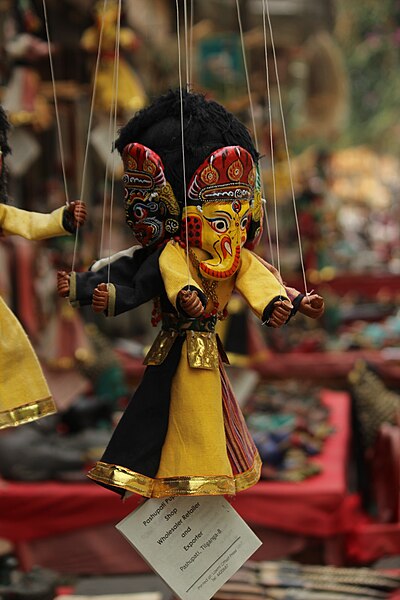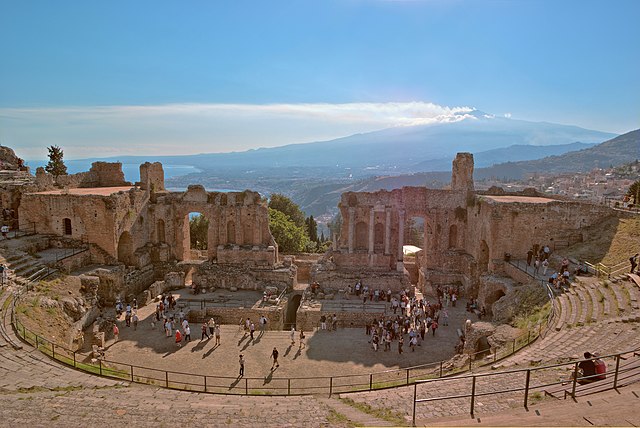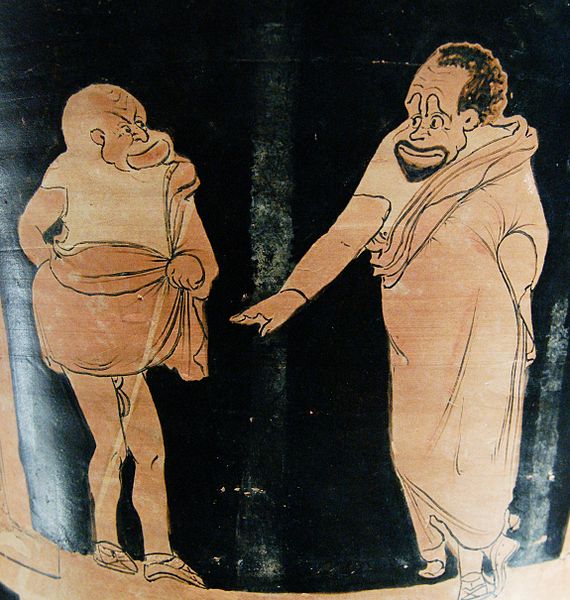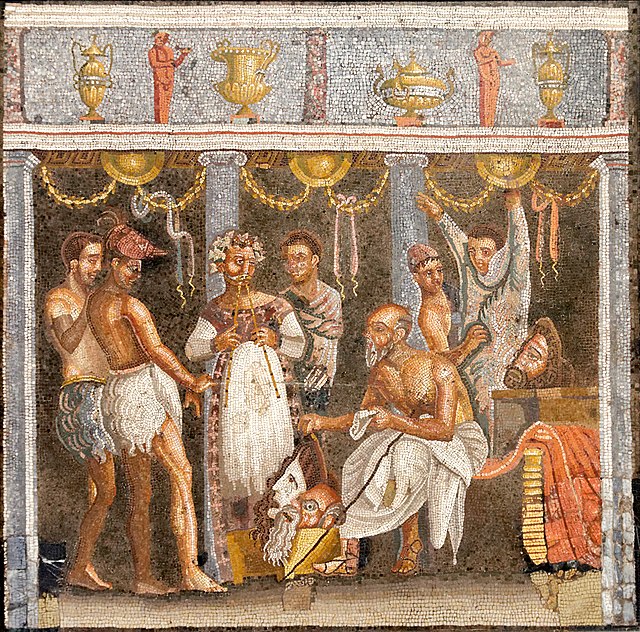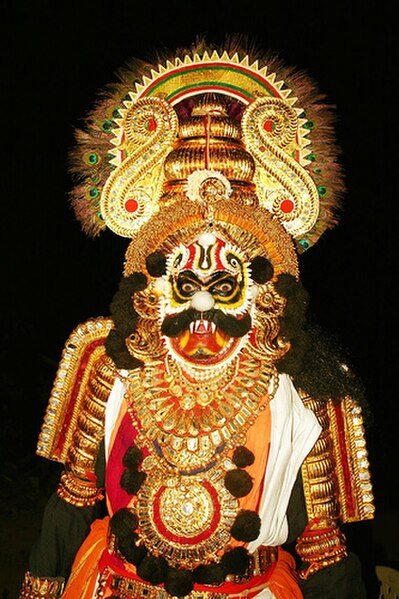Puppetry is a form of theatre or performance that involves the manipulation of puppets – inanimate objects, often resembling some type of human or animal figure, that are animated or manipulated by a human called a puppeteer. Such a performance is also known as a puppet production. The script for a puppet production is called a puppet play. Puppeteers use movements from hands and arms to control devices such as rods or strings to move the body, head, limbs, and in some cases the mouth and eyes of the puppet. The puppeteer sometimes speaks in the voice of the character of the puppet, while at other times they perform to a recorded soundtrack.
Gioppino and Brighella puppet show in Bergamo, Italy
Wayang Golek Performance (3D Wooden Puppet), Indonesia
The Ganesh: a puppet from Nepal
Chinese shadow puppet (Beijing style)
Theatre or theater is a collaborative form of performing art that uses live performers, usually actors or actresses, to present the experience of a real or imagined event before a live audience in a specific place, often a stage. The performers may communicate this experience to the audience through combinations of gesture, speech, song, music, and dance. It is the oldest form of drama, though live theatre has now been joined by modern recorded forms. Elements of art, such as painted scenery and stagecraft such as lighting are used to enhance the physicality, presence and immediacy of the experience. Places, normally buildings, where performances regularly take place are also called "theatres", as derived from the Ancient Greek θέατρον, itself from θεάομαι.
Greek theatre of Taormina, Sicily, Italy
A depiction of actors playing the roles of a master (right) and his slave (left) in a Greek phlyax play, c. 350/340 BCE
Roman mosaic depicting actors and an aulos player (House of the Tragic Poet, Pompeii).
Rakshasa or the demon as depicted in Yakshagana, a form of musical dance-drama from India



